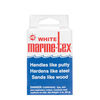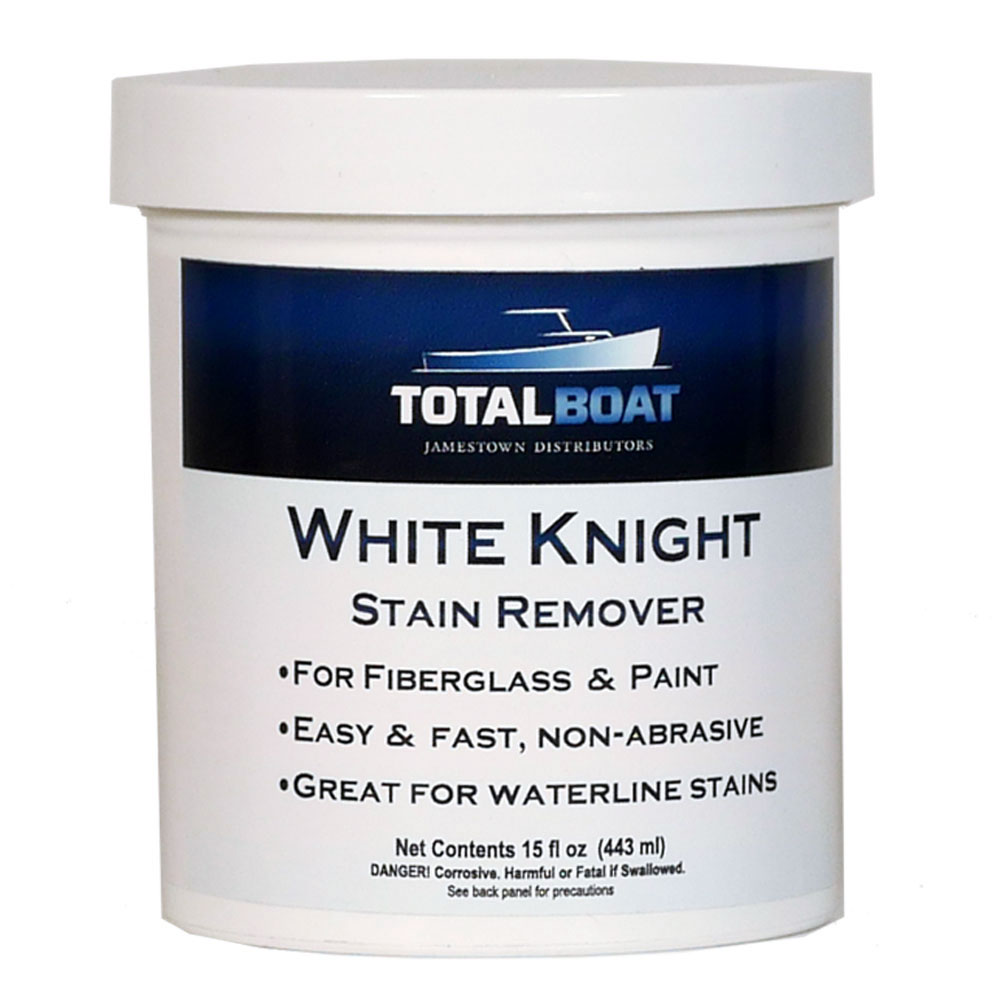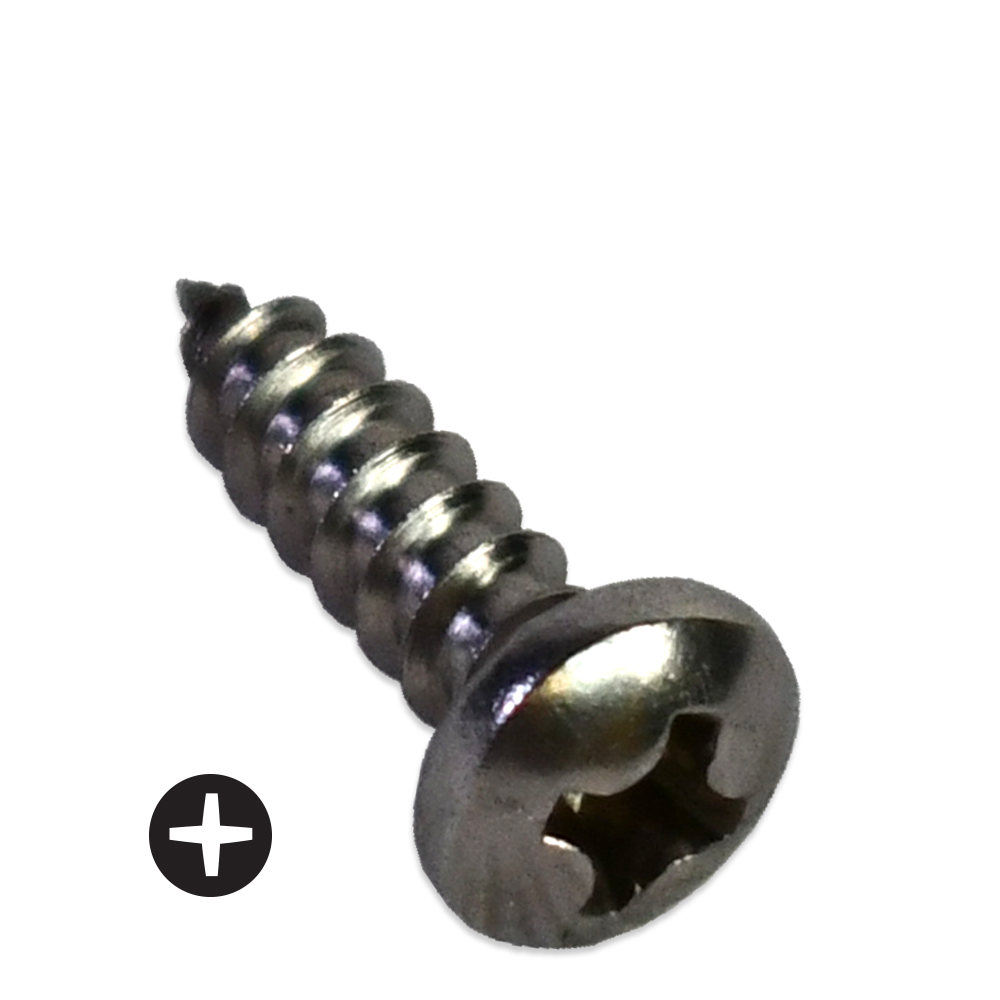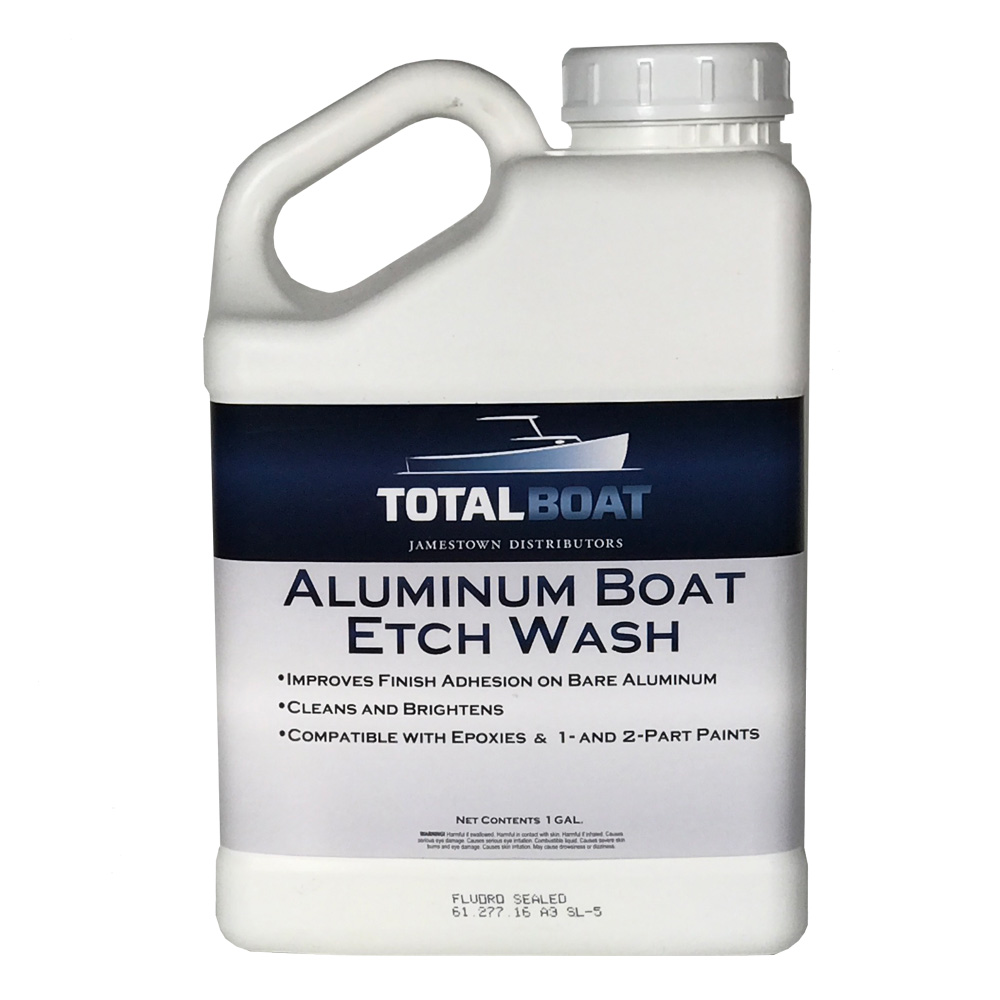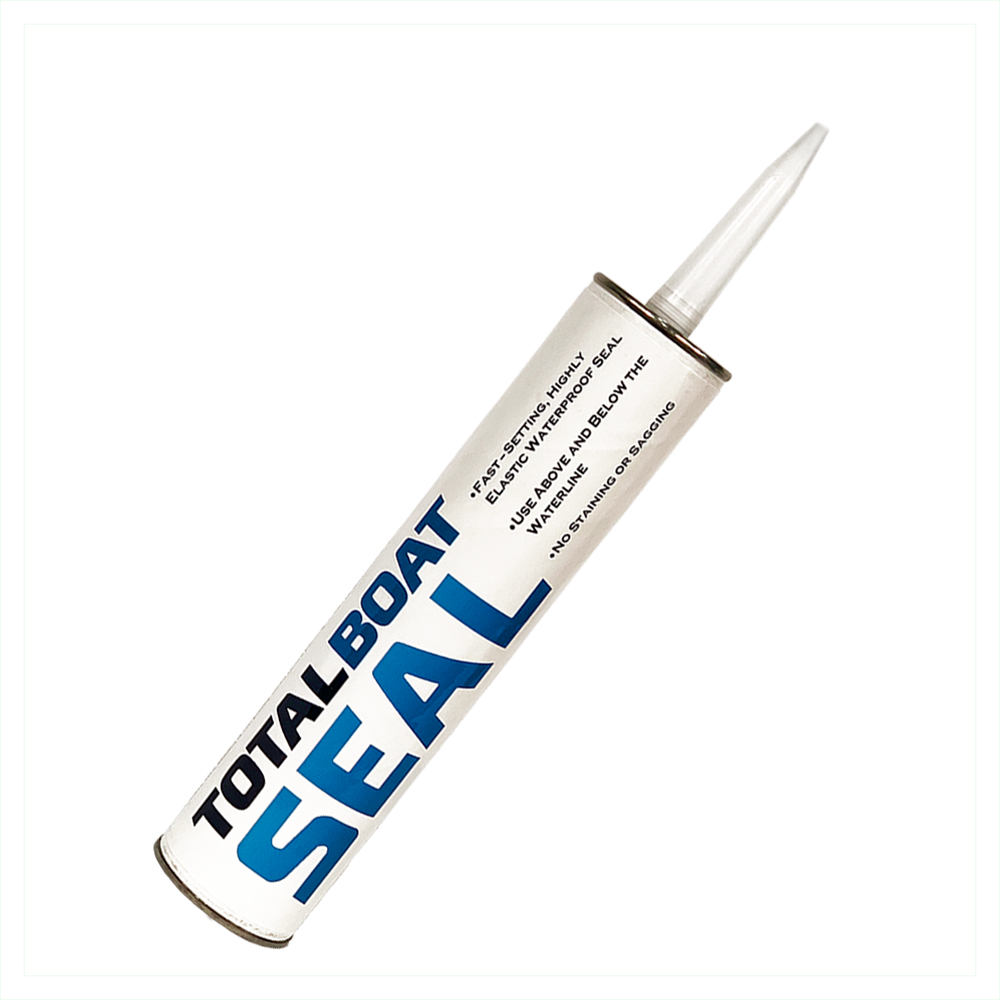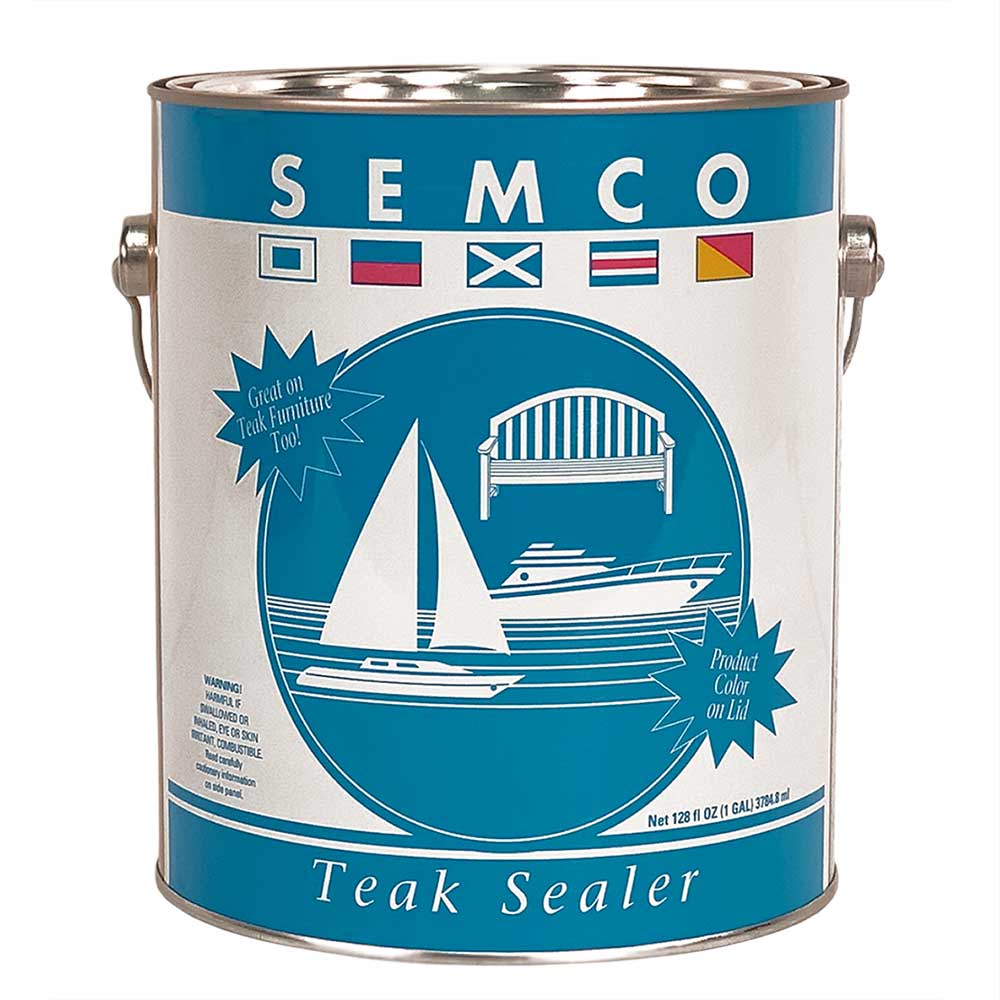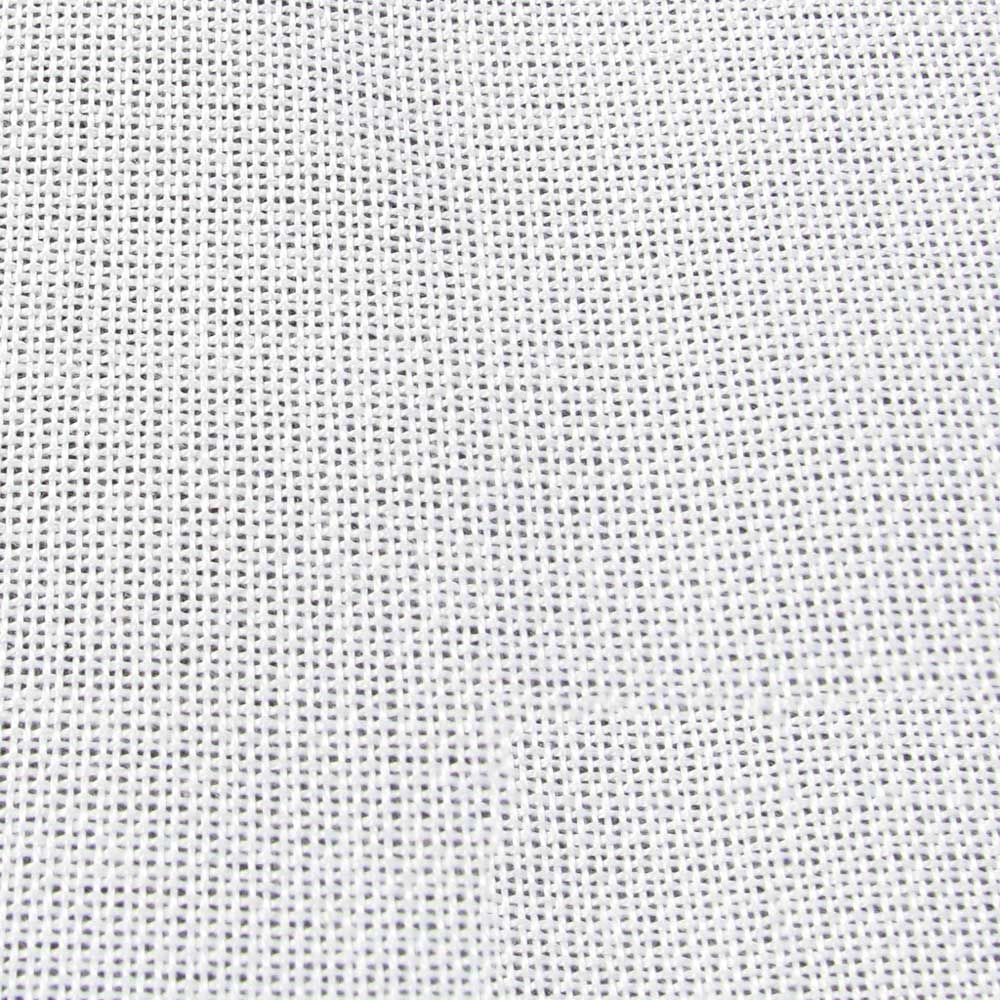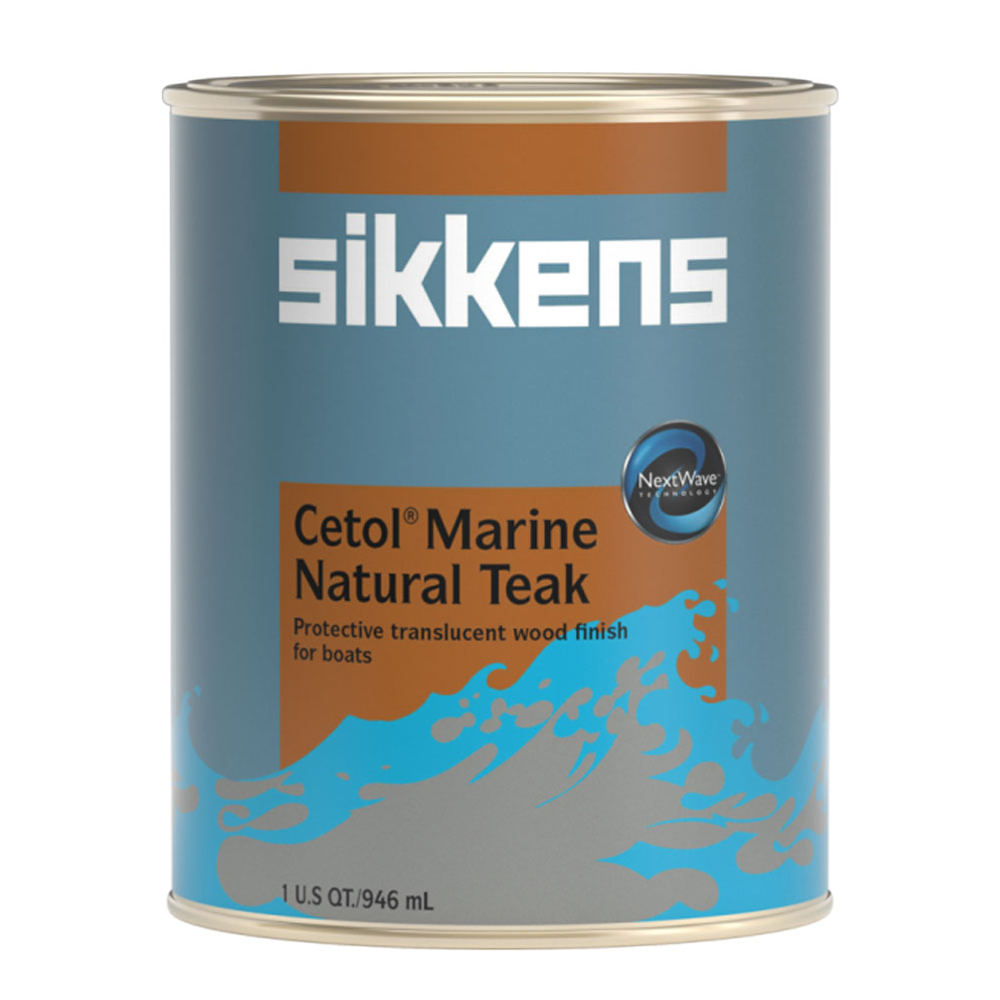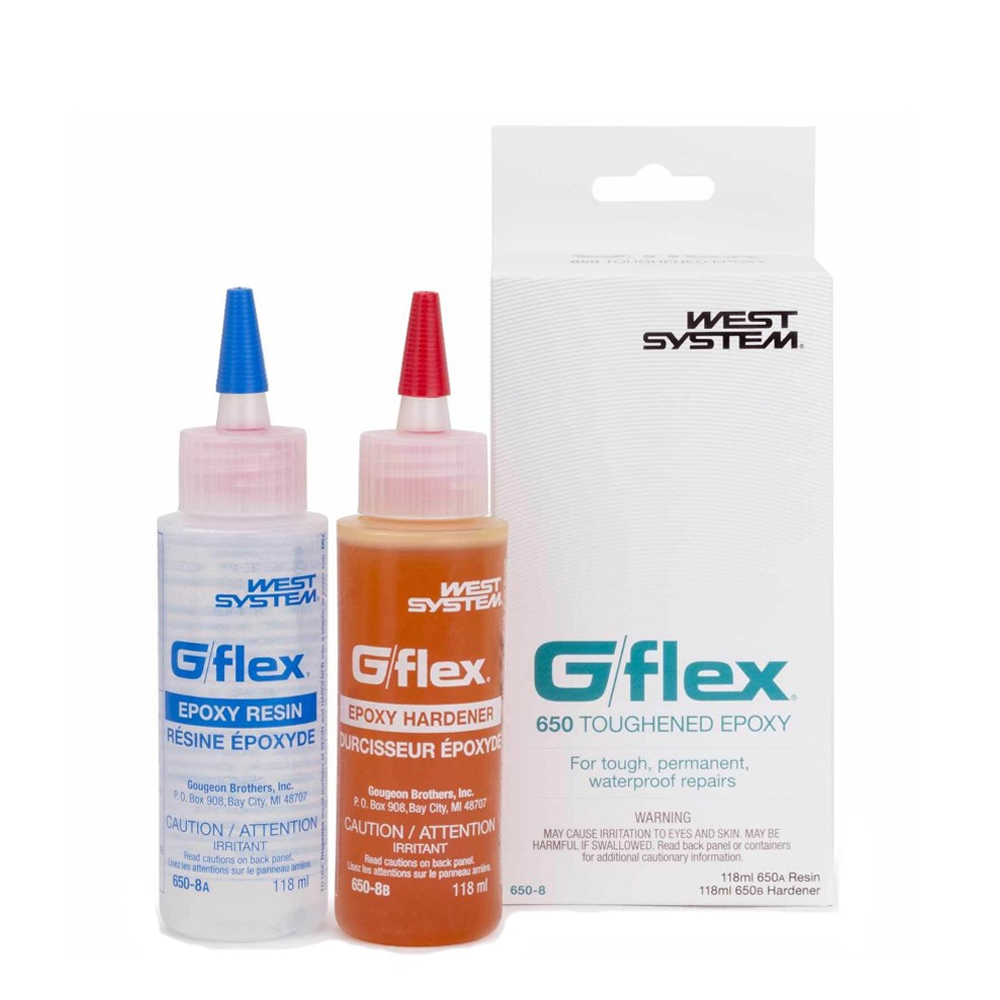Marine-Tex is a high strength epoxy putty that hardens like steel and is sandable like wood. Use it to repair holes, cracks, dents, worn out surfaces and damaged substrates on your boat and beyond. This unique putty bonds and fuses ceramics, fiberglass, plastics, wood, metals, ferro-cement and porcelain.
Marine Tex epoxy is impervious to oil, fuel, grease, brine and detergents. Commonly used for minor fiberglass gelcoat repairs, tt is unaffected by temperatures from -60 F to 300 F. It can be sanded, drilled, sawed, threaded and painted. Non-magnetic, non-rusting and non-corrosive.
Note: Not suitable for use with polyethylene and polypropylene based plastics. Poor adhesion will result if surfaces are unclean, oily, greasy, or generally contaminated.
Choose stiffer Gray Marine-Tex for machinery and metal repairs, as White is better for fiberglass repairs.
Frequently Asked Questions and additional information
Underwater application:While Marine Tex putty can be applied underwater, it is likely to be washed away before it can cure. FlexSet is better for underwater applications due to its denser consistency. To test underwater application, mix the epoxy above water, and deposit on wax paper or plastic wrap. Slide the wax paper or plastic wrap onto the palm of your hand with epoxy facing up.
Take it below the water line and apply to surface. Be careful not to smack or pancake the product onto the surface, this will trap water under the epoxy. Instead, roll the epoxy onto the repair to push water out of the way. Leave wax paper/plastic wrap on the repair while full cure takes place for best results.
Below-the-water-line applications:
It can be used for repairing gouges or holes located below the water-line. Once cured, Marine-Tex is impervious to water and many chemicals. The key is to apply in dry conditions, such as with the boat out of the water. Since putties will go only where they are placed, be sure that the Marine Tex has completely encapsulated the problem area. It is a good idea to sand the perimeter of the repair before application for maximum adhesion.
Will it cure in cold weather?
Epoxies need heat in order to cure. If your application temperature is not at least 60F you must apply heat to the area before, during, and after the application in order for it to cure. ITW recommends you place a shop lamp approximately 12" - 18" in front of the application. The lamp will provide heat at a constant rate, so that the material's temperature is always constant. Do not apply a heat gun or hair dryer to the area, these types of heat will heat the area too much.
Once fully cured, it may be drilled and tapped once. Do not attempt until full cure has occurred. Marine Tex is fuel resistant (gasoline, diesel) and is suitable for repairs where fuel exposure is possible. It can also be used for gelcoat repairs. We are sometimes asked if it suitable for potable water system repairs, and the answer is no.
Temperature range limitations:
While Marine Tex can safely tolerate 250F constant temperatures in a dry environment (with spikes to 325F), limits also depend on pressure and conditions.
How high of a temperature can Marine-Tex withstand?
Temperature limits depend on pressure and conditions. Up to 250F constant temperature in a dry environment, with spikes up to 300-325F.
Adding Pigments:
White Marine-Tex can be pigmented. No pure color will be achieved by adding pigments. (We recommend epoxy-friendly pigments, like Fibre-Glass Evercoat's.) Do not use more than 5% pigment per total volume of epoxy.
Gray Marine-Tex does not contain metal fillers. Both Gray and White have two year shelf lives in closed containers at moderate temperatures. Wen working with this epoxy putty, expect a pot life of approximately 30 minutes at 72 F. Do *not* use any thinners under any circumstances, as thinners change the physical properties.
Recommended Products
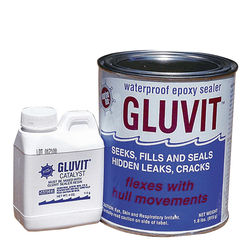
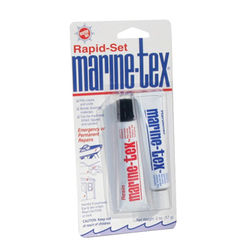
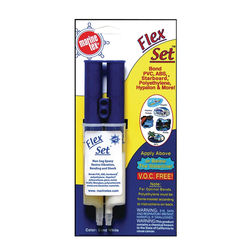
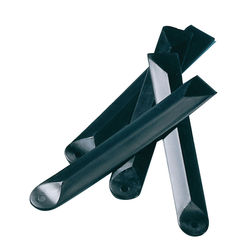

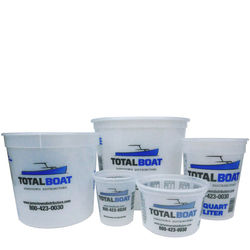
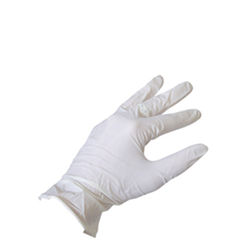
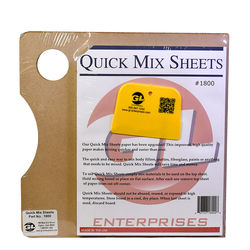
Reviews for Marine-Tex Epoxy
Verified Purchase
Easy to fix dings and chips in the gel coat.
Was this review helpful to you?
Verified Purchase
Used with pigment and as a fairing compound. excellent results
Was this review helpful to you?
Verified Purchase
You can drill it, tap it, lives well under water! Used it on a fuel tank leak in 1989...still holding strong. We use it to repair toilet tank leaks in our architectural salvage business where we sell tons of vintage plumbing. We actually recommend it to our customers...lots of uses! Just used it to repair a badly damaged vintage sink pedestal for a customer...you can't even tell!
Was this review helpful to you?
Verified Purchase
worked perfectly to patch some small holes
Was this review helpful to you?
Verified Purchase
Mix it; fill the hole; let it dry....repaired. (Finish to your own taste)
Was this review helpful to you?
Verified Purchase
Have been using for years on small repairs, works well, covers well with gel coat.
Was this review helpful to you?
Verified Purchase
Used this on a 50 year old MGB fiberglass removable hard top I'm restoring. Used it to patch a deep gash, and also used it to skim coat sections of the gel-coat worn down to the fiberglass to the point threads showing, Worked great, and easy to apply. Nice long working time with the white Marine-Tex. Sands easily. Primed it with Total Boat high-build primer, and finishing with Total Boat Wet Edge Topside paint.
Was this review helpful to you?
Verified Purchase
Great stuff...have used it a hundred times.
Was this review helpful to you?
Verified Purchase
Easy to use, does a great job, looks Great

Was this review helpful to you?
I read and followed instructions and found that filling vertical cracks (up to 1" thick)the product dripped or ran terribly and it was a battle to get it up to stay put until it started hardening in 45 minutes. Mixing proportions are not clear-cut with the kit supplied--i.e. weights and volumes of epoxy and hardener were not clear and whether all of hardener in kit could be mixed with larger epoxy container.
Was this review helpful to you?
